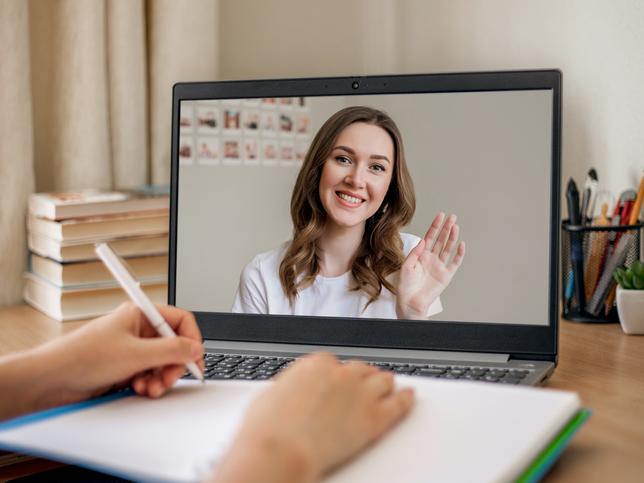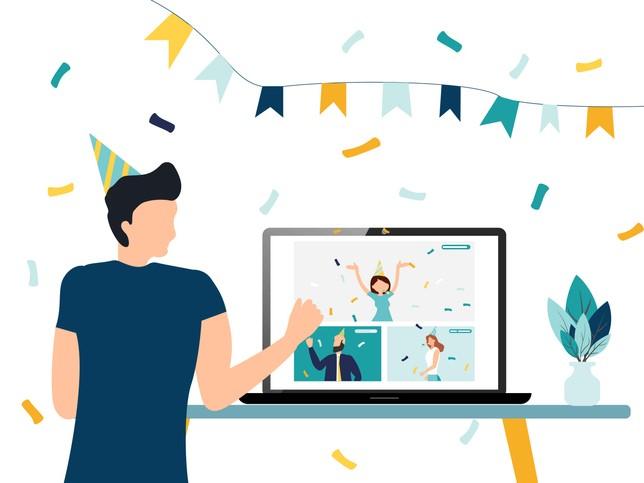
Flip students’ presentations for more in-depth learning
What is flipped learning?
It is a pedagogical approach in which “direct instruction moves from the group learning space to the individual learning space”, according to the Flipped Learning Network. What this means in practice is, typically, students engage with recorded lectures or other learning materials to build their knowledge on a topic ahead of their live class.
This changes the classroom into “a dynamic, interactive learning environment where the educator guides students as they apply concepts and engage creatively in the subject matter”.
- Green light student engagement: Squid Game tactics in the classroom
- The pandemic taught me the benefits of flipped homework
- An evidence-based approach to flipped learning
Traditionally, flipped learning activities have included students playing pre-recorded lectures, completing allocated reading or other preparatory materials, participating in online discussions and peer-to-peer sharing outside class time. However, one underexplored activity in flipped learning is student presentations.
Presentations are often used as an effective way for students to demonstrate their mastery of concepts and principles. This can include articulating what they already know, applying learned theories to solve real-world problems, and demonstrating their ability to ask more in-depth questions, a key element of Socratic learning – learning by asking questions in a cascading fashion.
But staging student presentations during classes can be difficult, owing to constraints on time. Typically, a project team comprises four to five students. Each student presents one aspect of a project and is individually assessed. Assuming the teacher allocates one three-hour session for this activity, for a class size of 40 to 50 students, each student has only two to three minutes for their presentation. A whole team’s presentation, including Q&A, discussion and teacher feedback, can last up to 20 minutes. This is hardly sufficient time for the teacher to ask in-depth questions, offer feedback for improvement or for students to respond comprehensively.
Students waiting to present are too focused on their own impending performance to properly learn from their peers.
Plus, with the advancement of artificial intelligence tools, teachers need to determine if a student’s presentation slides have been partially or wholly generated by AI and, if so, judge what the student has actually learned.
At PolyU, we have been experimenting with flipping student presentations. Many subjects include assessed projects, and we apply flipped learning to project team presentations.
How do flipped presentations work?
We ask students to pre-record their project presentations in their teams before presentation day. The teacher watches the recorded presentations beforehand. During the class presentation time, students do not need to present the whole project but can be asked to:
- Re-present selective slides
- Clarify various parts of their presentation
- Elaborate on specific issues that may or may not have been highlighted in their presentation
- Respond to hypothetical questions, such as “what-if” scenarios, about their project.
Our experience, informed by feedback from teachers and students, has shown that this flipped learning approach to student presentations frees up a lot of time for teachers to ask in-depth questions, further discuss specific issues with students and provide feedback to teams as well as the whole class.
Reviewing the recorded presentations prior to presentation day means the teacher arrives better informed about the overall performance, common mistakes and areas for improvement. This leads to fairer assessments for all students and highlights areas of focus for future teaching. Marks are not allocated until the project presentation session is over.
Other benefits of this approach include:
- Students are able to review or rate peer presentations
- Students can refine their work before they formally submit
- It facilitates active learning
- It provides a digital record of all deliverables
- It results in a repository of representative student work.
As the teacher often sets a maximum recording duration for each video, students have to practise time management in their presentations.
In terms of technology, we use Flip.com, a free educational tool for gathering and managing videos. Videos can be grouped, copied and remixed with different user access privileges. The tool also comes with a badging system to decorate users at various levels of contributions. Microsoft has announced the migration of Flip into MS Teams from Q4 2024.
Eric Tsui is a professor at the Hong Kong Polytechnic University.
If you would like advice and insight from academics and university staff delivered direct to your inbox each week, sign up for the Campus newsletter.




